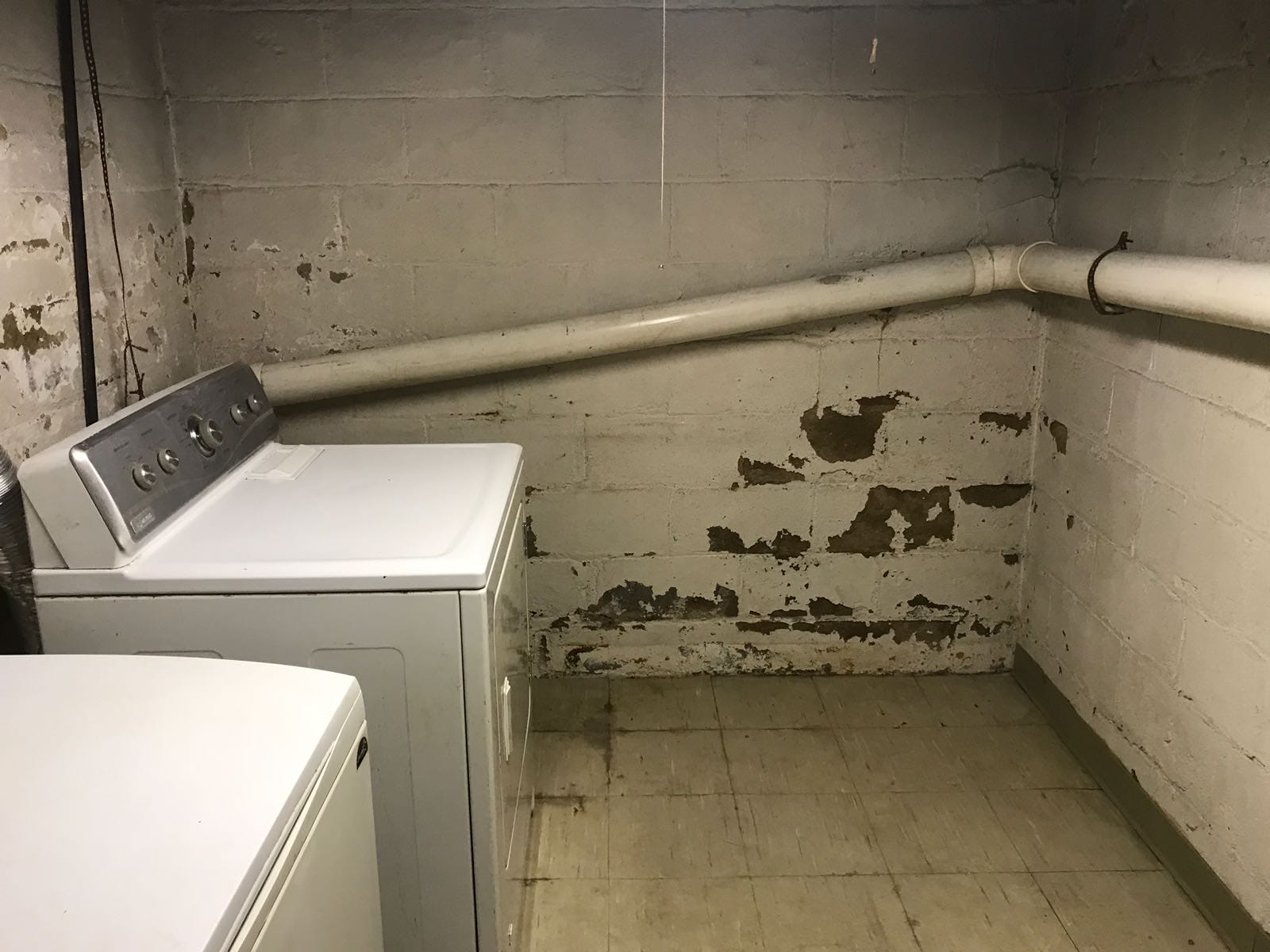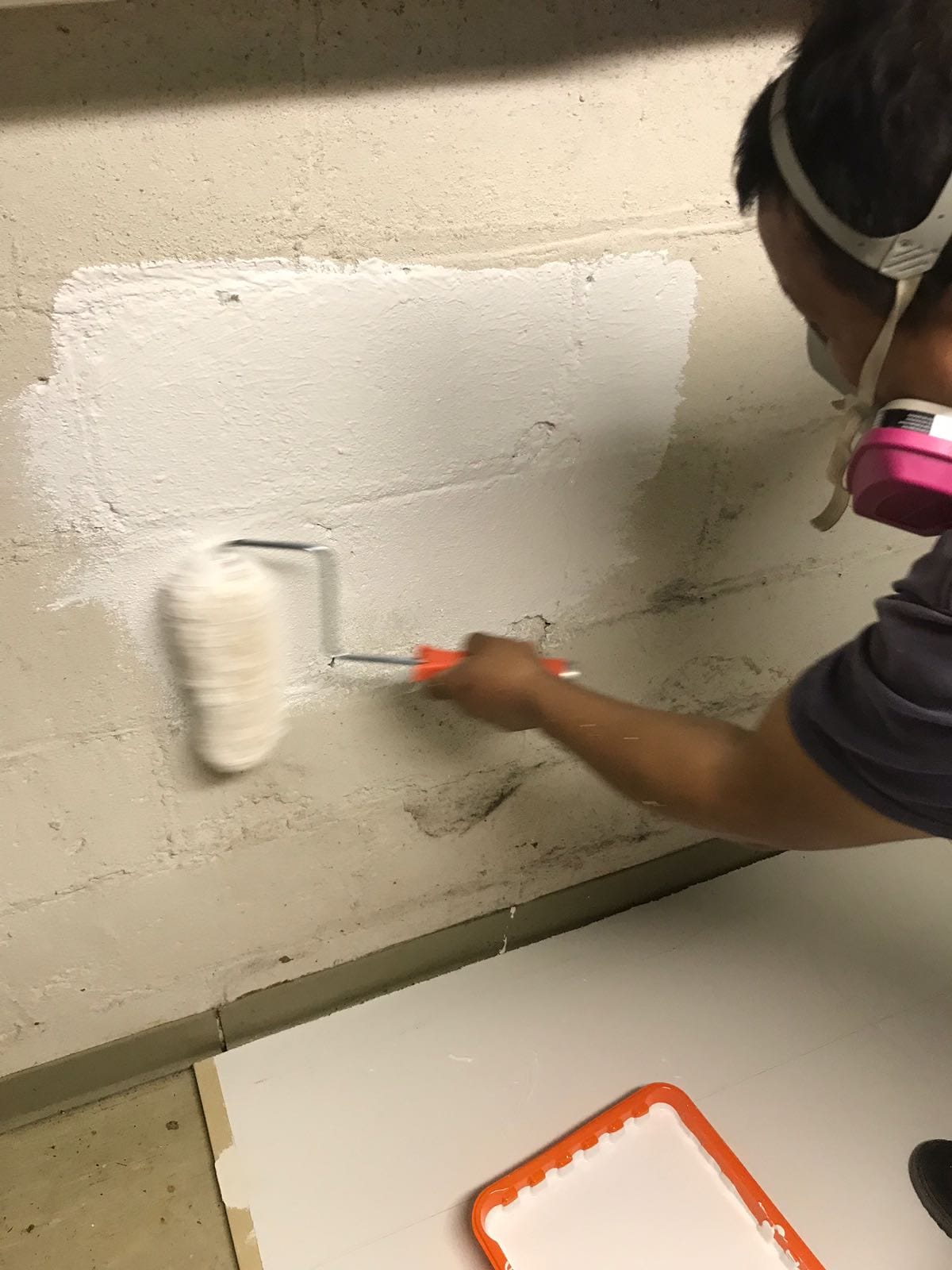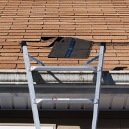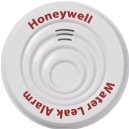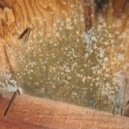Find a pre-screened local mold removal specialist Free Estimate
Find a Mold Specialist Now
Click or Call, Toll-Free 24/7
Waterproofing A Basement
Basement waterproofing is a vital step that should be taken before air quality is reduced, humidity levels increase, and mold growth occurs. In fact, if you have already noticed that your basement walls are moist, or that puddles occasionally form, then your basement is already at a high risk for damage. Peeling paint, rotted wood, structural cracks, and mold or mildew growth are just a few of the issues that can occur when your basement isn't properly waterproofed.
A Licensed Contractor Can Waterproof Your Basement
A licensed contractor, who specializes in basement waterproofing, can complete the following steps to ensure that your home is protected during every season. After all, basements can leak any time of the year, which means that without the proper waterproofing, your home could be at risk when you least expect it.
Step #1 -- Identify The Water Source
As homes age, they can settle and cracks can form in the basement walls. If the soil surrounding the home's foundation becomes over-saturated, then the water can seep through the cracks and into the basement. The result is a wet basement interior. The good news is that a licensed contractor will be able to identify the water source. They will look for the following signs:
- Streaks on the walls
- Cracks in the walls
- Wetness at the corners of windows
- Dampness in mortar joints
- Sweating pipes (especially where they enter or exit a water supply line)
As part of their investigation, the contractor will conduct condensation tests to determine if the water is originating from outside of the home or another source. Once the source of the leak is identified, the contractor will select an interior waterproofing solution.
Step #2 -- Determine The Optimal Type of Interior Waterproofing
Generally speaking, there are four typical types of interior basement waterproofing solutions.
- Silicate-based concrete sealers -- This type of waterproofing is ideal for walls that are not sealed or painted. The sealer, which is also known as a densifier, will form a chemical interaction with the concrete or brick walls to create a waterproof surface.
- Waterproofing paint -- This type of waterproofing can be applied to all painted surfaces. It is typically an acrylic formula that is similar to the paint used throughout your home, except that it is waterproof.
- Concrete waterproofing coating -- This cement-like coating can be applied directly to masonry or concrete walls. However, concrete waterproof coatings should not be used on previously painted surfaces. Like the silicate-based concrete sealers, this type of waterproofing technique is used to create a finished look, while simultaneously keeping water out of your home.
- Plastic sheets and panels -- This final interior waterproofing solution is typically used with basement drainage systems. It is important to note that the plastic sheets and panels won't keep water from entering your basement; however, they will stop damage by sending the water to a drainage system located within your floor. A sump pump will then remove the water from your basement to reduce the risk of mold growth and further water damage.
Step #3 -- Explore Exterior Waterproofing Options (if needed)
In some cases, exterior waterproofing is needed. The exterior of the home will be excavated to the full depth of the foundation walls. A waterproof coating and drainage panels will be used to ensure that the water flows away from your home. In some cases, a sump pump may also be used to further remove the water from your home.
Can Mold Growth Occur If You Don't Waterproof Your Basement?
While waterproofing your basement might seem like a lot of work, it is a vital step to take if you want to avoid mold and mildew growth. According to the U.S. Centers for Disease Control and Prevention (CDC), mold can cause numerous health risks and must be handled carefully through proven mold remediation tactics. The serious health issues that can be caused by prolonged exposure to various types of mold, including black mold, include:
- Respiratory Conditions -- One of the most common respiratory conditions caused by mold is an upper respiratory tract infection. Some people have also been diagnosed with mold-caused asthma and chronic coughs.
- Fungal Infection -- According to the CDC any individuals who have immune-deficiency conditions are more likely to suffer from mold-induced fungal infections. These infections can cause internal issues in your lungs, as well as skin conditions.
- Cold or Flu Symptoms -- Many people who are suffering from prolonged exposure to mold spores experience cold or flu-like symptoms. These symptoms can include shortness of breath, irritated eyes, stuffy noses, fatigue, fevers, and a dry (or wet) cough. It is important to note that the elderly and young children are often at the highest risk for experiencing cold or flu-like symptoms caused by mold spores.
- Pulmonary Hemosiderosis -- Did you know that some basement mold is more toxic than other forms? The most common type of toxic mold is "black mold." This type of mold can cause pulmonary hemosiderosis, which is a rare lung disease. If you have black mold, then you should immediately seek the assistance of a mold remediation expert.
Mold Remediation Tips
If a wet basement has caused mold or mildew growth, then there are a few steps that you can take to remove the spores from your home.
- Keep the humidity levels as low as possible -- Using an air conditioner or high-quality dehumidifier can greatly reduce the humidity levels throughout your home and in your basement. As a general rule of thumb, you should keep your basement at a 50 percent or lower humidity level to reduce the risk of mold growth.
- Install a good ventilation system -- Be sure that your home has a great ventilation system, especially in the basement. If you have a basement bathroom, then make sure that the fans are working properly. Additionally, be sure that your dryer vent isn't clogged and that it vents to the outside of your home.
- Clean and dry your home thoroughly after a flooding -- If your basement is flooded, then you want to dry it out, and clean it, within 24 – 48 hours after the flooding to reduce mold risk.
- Use mold-killing products -- If you notice that mold or mildew is growing, then you can use mold-killing products to remove the spores from your home. Be sure to follow the instructions carefully, and to take any necessary precautions, such as wearing gloves and a face mask.
- Waterproof your basement -- When your basement is dry, you can rest easily knowing that mold or mildew is less likely to grow. It is important to note that under the right conditions, mold and mildew can grow and spread very quickly. In this vein, you should always remove mold as quickly and safely as possible, before it spreads from your basement to other parts of your home.
Contact A Licensed Contractor For Waterproofing A Basement
If you want to reduce the risk of mold, structural cracks, peeling paint, rotted wood, and other damage, then you should contact a licensed contractor to waterproof your basement. With the help of a licensed contractor, you can ensure that your basement stays dry throughout all four seasons. Follow this link to schedule a free basement waterproofing consultation with a local specialist.
Return From Waterproofing A Basement To Our Main Basement Mold Page
About The Author:
Mike Laufer is the owner of Prime Mold Removal, in Brooklyn NY. Michael is a licensed mold assessor, licensed mold contractor, and IICRC certified in water damage restoration.
Free Home Inspection By A Mold Removal Specialist
Search This Website
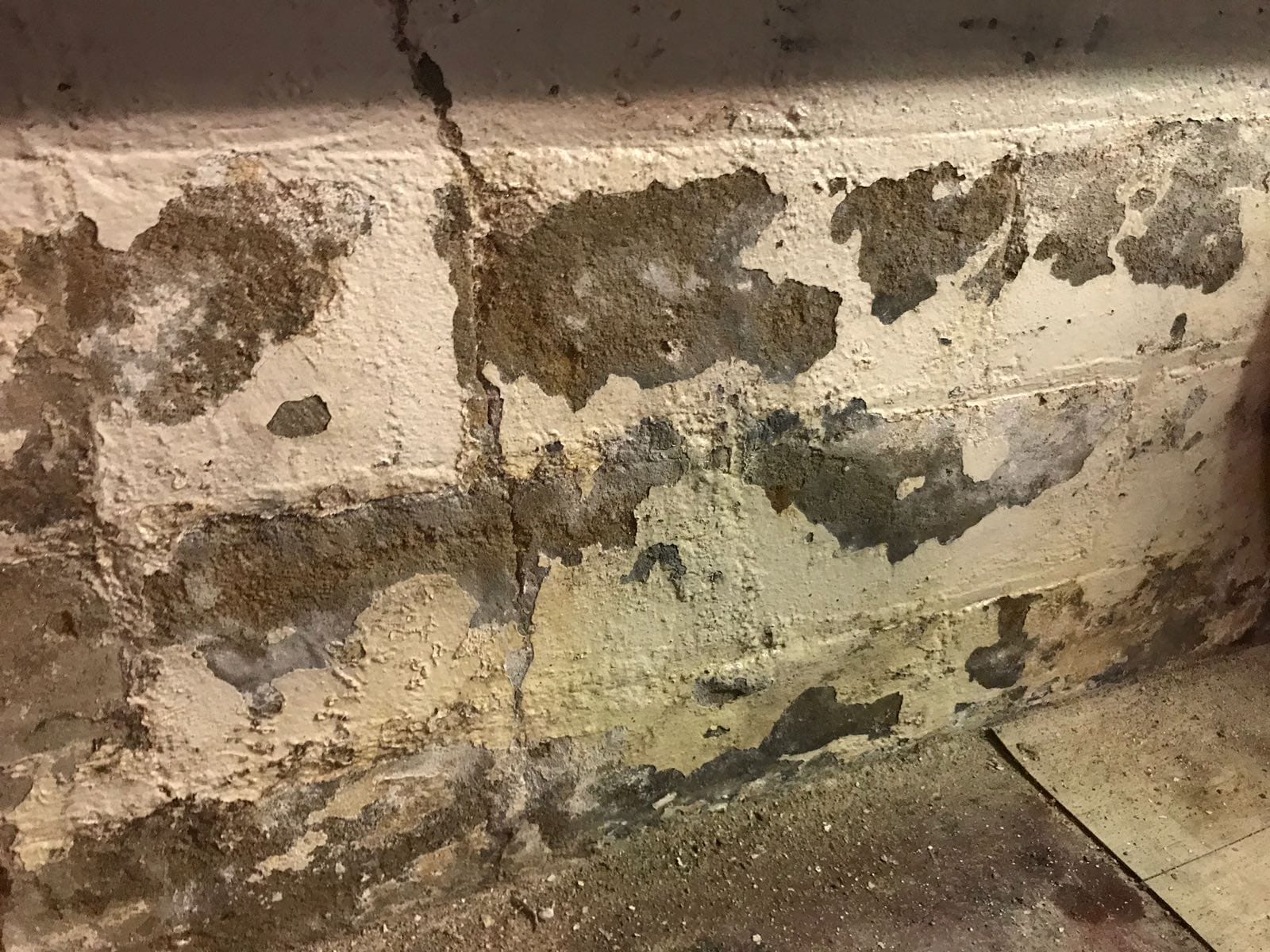
Recent Articles
-
See Our 5 Recommended Mold Removal Companies in Covington, KY
Apr 16, 25 12:59 PM
-
See Our 5 Recommended Mold Removal Companies in Wheaton, IL
Jun 20, 24 10:33 AM
-
See Our 5 Recommended Mold Removal Companies in Aberdeen, SD
Oct 08, 21 04:05 PM
